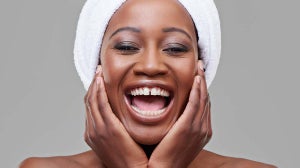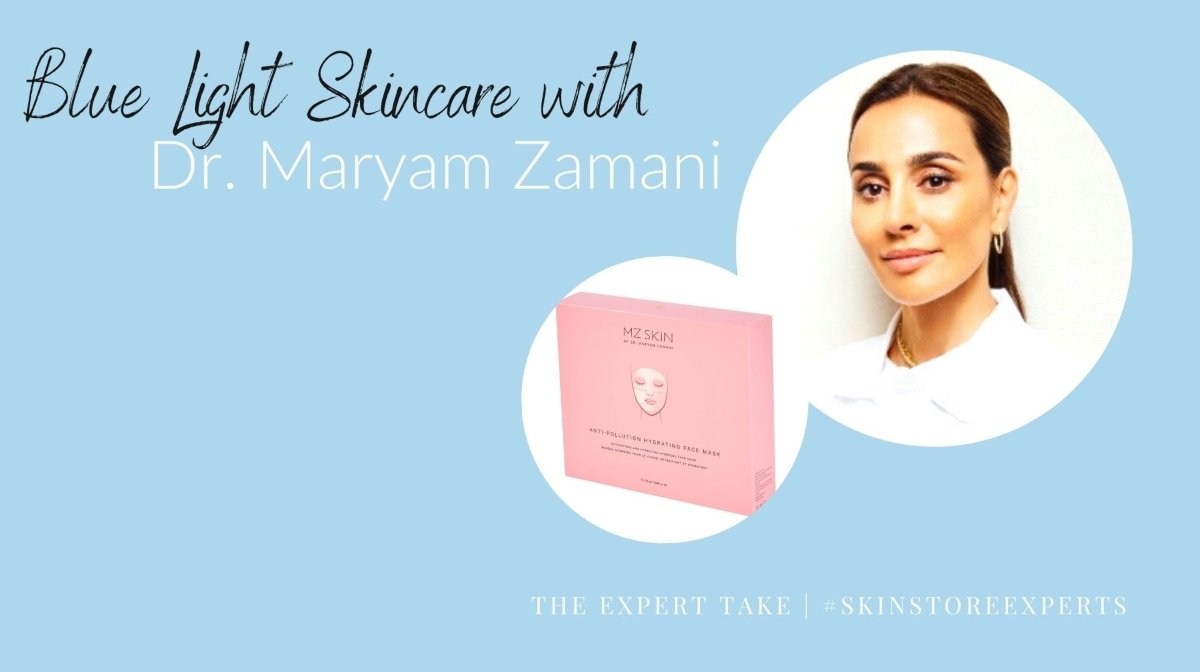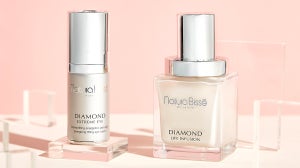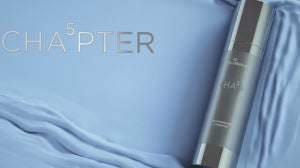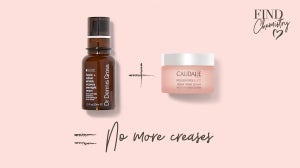
While we have learned the short and long-term effects of UV light and photodamage from the sun, 2020 has been an eye-opener to another form of light-related aging: blue light and blue light skincare.
About Blue Light Skincare

Along with eye fatigue, blue light is a unique avenue for skin damage and other effects on the body.
Fortunately, we at SkinStore have had the privilege of asking Dr. Maryam Zamani, founder of MZ Skin and highly respected Oculoplastic Surgeon and leading Facial Aesthetics Doctor, a few questions about this unique skin care concern!
What is Blue Light?
Together with red, orange, yellow, green, blue, indigo and violet, blue light is one of the colors of the visible light spectrum. They make white light visible when the sun is shining. Blue light is also called high energy visible light (HEV light) and can potentially cause skin damage by inducing oxidative stress.Due to the significant amount of daily screen time, we have more blue light exposure than we used to get from the sun alone. HEV (high-energy visible light) has the ability to penetrate more deeply into the skin than UV light, destroying collagen and elastin. HEV light can contribute to pigmentary changes in the skin and some studies suggest HEV light can be more active in inducing pigmentation than UV light. The oxidative effects of HEV can cause inflammation and damage the skin barrier, increasing the signs of aging, uneven skin tone, dullness, and fine lines and wrinkles.How does it affect the Skin?
We know that sunlight consists of UV (ultraviolet), VL (visible light), and IR (infrared light). UVA is associated with skin aging and UVB is associated with burning. Think A for aging and B for burning. 40% of solar radiation is visible light, and it can be particularly worrisome for those like myself that suffer from a common pigmentary condition called melasma. To further complicate this, a small subdivision of visible light is high energy visible light which is associated with free radical formation. This high energy visible light is emitted from screens (computer/phones and other electronic devices).Research shows that blue light causes free radical damage and induces degrading enzymes in the skin, which in turn cause damage to collagen and slow down its production, resulting in aging. It also stimulates tyrosine and melanin production, meaning the increase of pigmentation. When regularly exposed to blue light, skin can become dull and uneven in tone.There are studies that also suggest that chronic blue light exposure can damage retinal cells and contribute to age-related macular degeneration. Interesting to note is that a new study does show that children’s eyes absorb more blue light than adult eyes, making this very important for our children.How can we Protect our Skin from the Aging Effects?
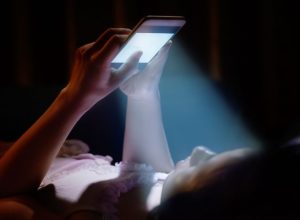
Is Blue Light and LED therapy the same thing?
LED masks are not similar to UV or blue light, the wavelengths are much longer which stimulates cell repair rather than damage. LED phototherapy or light emitting diode phototherapy combines clinically proven wavelengths of light to deliver safe and efficacious results to treat a number of conditions with no downtime or discomfort.
A course of at-home treatments helps to stimulate collagen production as well as the repair response. The purpose is to help accelerate cell renewal and help improve a number of skin concerns.What other ways can we protect ourselves from the aging effects of Blue Light?
Any kind of work that involves working at a computer screen or being on a mobile phone for long periods of time will mean an increased risk of blue light exposure. Another way to protect the eyes and skin is therefore to buy a blue light screen shield for your mobile phone or tablet, or simply put your phone on its night mode setting. If you don't have a blue light shield, try holding your mobile device at arm's length.Because blue light increases potential pigmentation, protection with SPF and antioxidants are also important. Once we have a great understanding of the issue, then we can formulate products to negate its impact on the skin.
Related Articles
